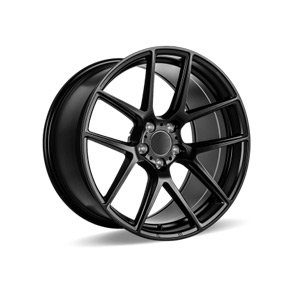gear shift linkage cable
Understanding Gear Shift Linkage Cables A Comprehensive Overview
The gear shift linkage cable is a crucial component in the functioning of a vehicle's transmission system, facilitating smooth gear transitions as the driver responds to varying driving conditions. This article delves into the role, structure, maintenance, and evolution of gear shift linkage cables, providing a detailed insight into how they contribute to the overall driving experience.
At its core, the gear shift linkage cable serves as the connective pathway between the gear shifter and the transmission, enabling the driver to select different gears. When the driver moves the gear shifter, the cable pulls or pushes on the transmission lever, which in turn moves the internal gears within the transmission. This mechanical interaction allows the vehicle to change speeds seamlessly, ensuring power is effectively delivered from the engine to the wheels.
Typically, gear shift linkage cables are made from durable materials such as high-strength steel or a composite material that can withstand significant tension and wear over time
. The design of these cables often includes a protective sheath that not only prevents environmental damage but also reduces friction as the cable moves. Smooth operation is essential, as any hindrance can lead to difficulties in shifting gears, potentially compromising vehicle performance and safety.gear shift linkage cable

Regular maintenance of gear shift linkage cables is essential for ensuring optimal performance. Drivers should periodically inspect the cables for signs of wear, including fraying, rust, or any stiffness in movement. A common issue that may arise is cable stretching or binding, which can lead to inaccurate gear selection. In some cases, lubrication with a silicone-based spray can help alleviate friction issues, though if the cable is severely damaged, replacement may be necessary.
The evolution of gear shift linkage cables has paralleled advancements in automotive technology. In older vehicles, mechanical linkages and rods were commonly employed, requiring more physical effort from the driver. However, modern vehicles typically utilize flexible cables that allow for more ergonomic gear shifting. The introduction of electronic shifting systems in newer models has further transformed the landscape, with some vehicles employing electronically controlled gear shifts that utilize sensors and motors, reducing the reliance on traditional cables.
Technology continues to influence the design and functionality of gear shift linkage cables. Innovative materials and engineering solutions aim to improve cable durability and responsiveness. As the automotive industry shifts towards electric vehicles (EVs), the role of gear shift linkage cables might also evolve, potentially leading to systems that completely eliminate mechanical linkages in favor of digital interfaces.
In conclusion, the gear shift linkage cable is a vital component that plays a significant role in the performance and drivability of vehicles. With regular maintenance and awareness of its function, drivers can ensure their vehicles shift smoothly and efficiently. As technology advances, it will be fascinating to observe how this component continues to develop, impacting the future of driving experiences. Understanding and appreciating the mechanics behind gear shift linkage cables not only enhances one’s knowledge of vehicle operation but also underscores the intricate engineering that lies behind the everyday act of driving.
-
Workings of Clutch Pipe and Hose SystemsNewsJun.04,2025
-
The Inner Workings of Hand Brake Cable SystemsNewsJun.04,2025
-
The Secrets of Throttle and Accelerator CablesNewsJun.04,2025
-
The Hidden Lifeline of Your Transmission Gear Shift CablesNewsJun.04,2025
-
Demystifying Gear Cables and Shift LinkagesNewsJun.04,2025
-
Decoding Clutch Line Systems A Comprehensive GuideNewsJun.04,2025
